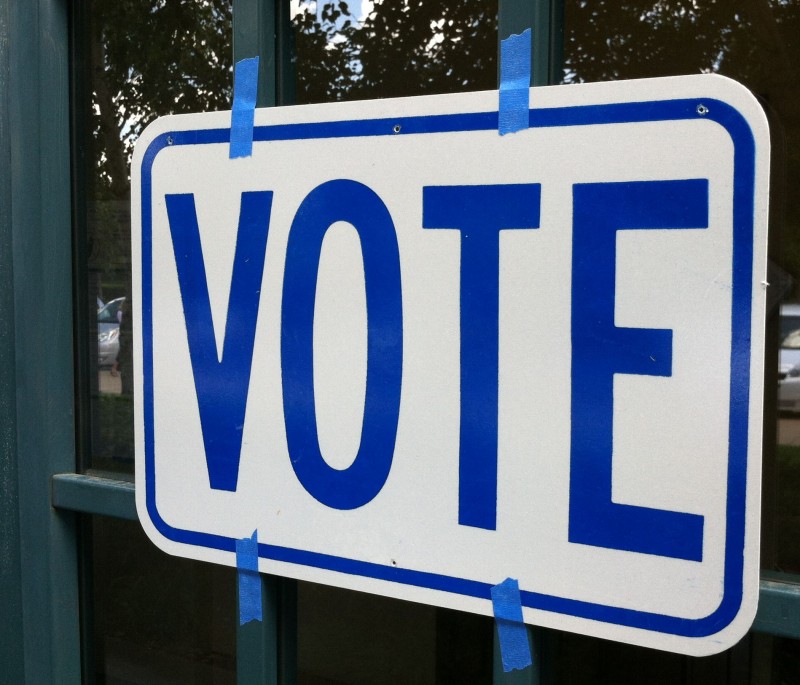As of now, state elections officials have reported that just shy of 6.5 million votes were cast in the duel between Brown and Republican Neel Kashkari.
That means that backers of any potential 2016 or 2018 ballot measures to write state law could qualify their initiative for the ballot with as few as 325,000 valid signatures. Compare that with the existing threshold for a statutory initiative, which is 504,760.
Big, big difference.
"It's going to cost a lot less to qualify for the ballot," said Beth Miller, a GOP political strategist who was a top aide to former Secretary of State Bill Jones.
For initiatives that seek to rewrite the state constitution, California's governance blueprint, the threshold for qualification could drop to close to 521,000 signatures -- compared with its current level of 807,615.
And for a coming election cycle where everyone already expects a torrent of ballot initiatives, from legal pot to tax hikes and beyond, these super-low thresholds could make it a lot easier to get an issue in front of voters.
Before anyone sounds the alarm over the potential boost in political power of well-heeled interest groups, consider that low initiative thresholds in 2016 and 2018 could also provide a boost to all kinds of grass-roots political efforts -- efforts, some would argue, that are exactly the kind of populist power envisioned when California created its direct democracy system in 1911.
The actual threshold for initiatives won't be known until a formal certification of the Nov. 4 vote, which comes next month. Still, most expect the dismally low turnout -- now at just a little above 37 percent of registered voters statewide -- to set a new record for low participation in a California gubernatorial election.
Now, consider a couple of other changes the low Brown-Kashkari vote totals could make to the initiative process.
First, backers of initiative efforts often turn their energy and money to the ballot box when they fail to get action on their issue(s) at the state Capitol. Case in point: this fall's defeated Proposition 46, which grew out of a Sacramento stalemate on the issue of loosening the state law that caps pain-and-suffering awards in medical malpractice lawsuits.
An easier path to the ballot may make activists on an issue less patient with the bickering and negotiating inside the Legislature.
"I think that people who are frustrated with the legislative process will be looking to use the initiative process more quickly," said strategist Miller.
But then consider the law signed by Brown this fall to make small but important changes to the initiative process. Those changes will allow initiative backers more time to gather signatures; a chance for the backers to amend their proposal even after filing it with state officials; and a window of time for legislators and the governor to enact a law rather than see the issue head to the ballot.
Of course, even this tweak in election law would be impacted by the expected new, and low, threshold for initiatives: It mandates legislative hearings on a proposal after it has collected just 25 percent of the signatures needed for qualification. At current rates, that means that anyone who can get about 82,000 signatures will force the Legislature to engage on the issue.
The threshold for getting an initiative on the ballot in California has waxed and waned in the past. But don't forget, the last record low turnout for a gubernatorial election was in 2002 ... which made it easier for critics of then-Gov. Gray Davis to qualify the recall measure that removed him from office in 2003.
The new low bar for initiatives will last only for two election cycles. But even those election cycles will be different from earlier eras, under a still hotly debated change that was pushed through by Democrats in 2011: moving all initiative and referendum propositions to November ballots and off June statewide ballots. Translation: The statewide ballot on Nov. 8, 2016 and Nov. 6, 2018 could be long -- very long.
And if so, it may all go back to the fact that millions of registered California voters decided to take this year off from casting a ballot.
